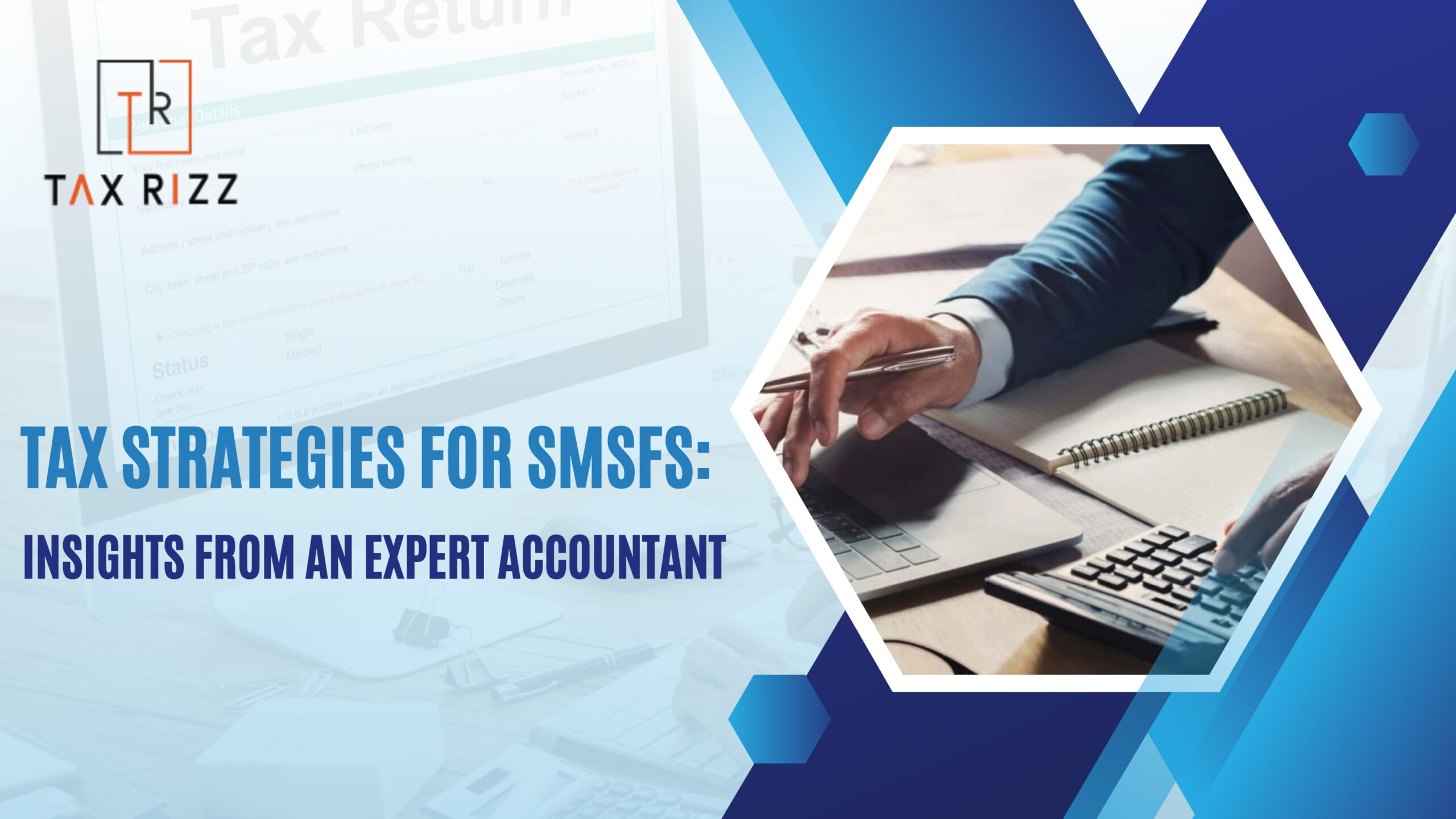The Self-Managed Superannuation Funds (SMSFs) are common among individuals who want to have better control over their retirement benefits. However, there is a cumbersome task of trying to decipher the tax issues that surround SMSFs. For a better understanding of good tax planning, we interviewed a well-known SMSF accountant in Melbourne. Below are some tips from the experts to assist you in the right planning of your SMSF tax.
Maximizing Contributions: The Power of Concessional and Non-Concessional Contributions
Another good tax planning for SMSFs is the right use of concessional and non-concessional contributions. Employer and salary-sacrifice contributions are made at a concessional rate within the fund, which is normally lower than an individual’s marginal tax rate of 15%. This can lead to a vast improvement in terms of taxation to the level of the business entity. However, it is good to be careful with contribution limits to prevent going over contribution limits tax.
Non-concessional contributions are not taxed within the fund, making them an excellent strategy for those who have already maximised their concessional contributions. These contributions can assist in growing the balance of the SMSF without generating more tax within the fund. You just have to find the best tax accountant in Melbourne or wherever you live to activate this plan.
Strategic Asset Allocation: Restraint and Tax Sensitivity
Expenditure on other assets that give rise to capital gains including shares and property can be very efficient from a tax perspective in the context of an SMSF. If the asset has been held for more than 12 months then the capital gains are taxed at an even lower rate where one-third is taken off the basic rate meaning that assets sold after holding them for more than 12 months will attract a tax of 10%.
Furthermore, it is also possible to invest a part of the funds in income-generating assets such as bonds, and high dividend-yielding shares, which will give regular income that is taxed at 15%. It is important to ensure that the assets that are being acquired for growth and those purchased for income generation within an SMSF are well coordinated and reviewed from time to time to coincide with the tax planning of an individual or a business and their retirement plans.
Tax for Primary Producers: Specific Concerns for SMSFs
As for the primary producers, there are some special characteristics of the SMSF taxes to take into account. Many primary producers have irregular earnings because it is typical to make most of the earnings for a year within a few months. This can affect when and how much the member can contribute to the SMSF.
A good strategy is to utilize income averaging provisions that are allowed to those who are involved in the production of primary products. Primary producers also have an option of averaging their incomes over five years, which helps to spread a big income over the years, and thus pay relatively low taxes. Also, special deductions and offsets can be claimed by primary producers; for instance, the farm management deposits scheme enables primary producers to defer taxable income in high years. Search for “tax accountant near me” or “tax for primary producers” to find a reliable accountant.
Pension Phase: Utilising Tax-Free Income
The pension phase is a very significant phase for all SMSFs because it involves a lot of tax benefits. When an SMSF member attains the preservation age and retires or meets any other circumstance of release, the fund can start to pay pension. Income and capital gains received from assets used to fund a pension are also tax-free in the context of the SMSF.
To fully harness, this has to be timed correctly on when to switch to the pension phase or the retirement phase. This may mean selling assets that have gained in value before setting up a pension to reduce capital gains tax or withdrawing pension balances in a manner that is tax effective.
Conclusion
Tax planning is one of the most important strategies for an SMSF to unlock the fund’s potential. In other words, comprehending the taxation rules and fund management, getting lucrative personal tax returns, making pertinent contributions, distributing the assets and skills, and implementing the pension phase can significantly improve the SMSF’s taxable status. Engaging Melbourne’s professional and qualified specialist SMSF accountant allows you to take expert advice and recommendations regarding your specific situation so that you can successfully implement and optimize your retirement strategy.





























